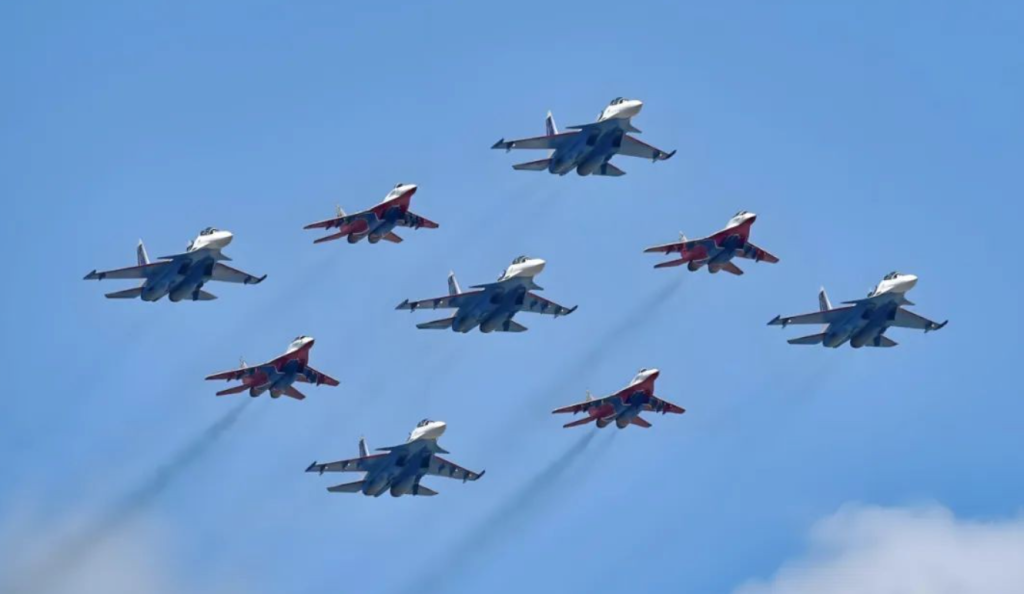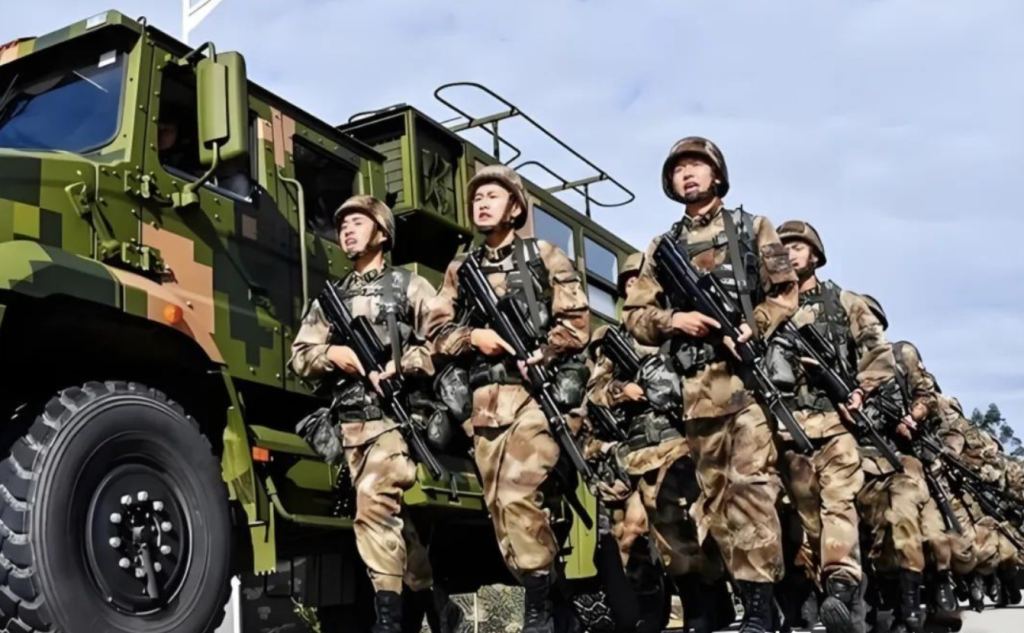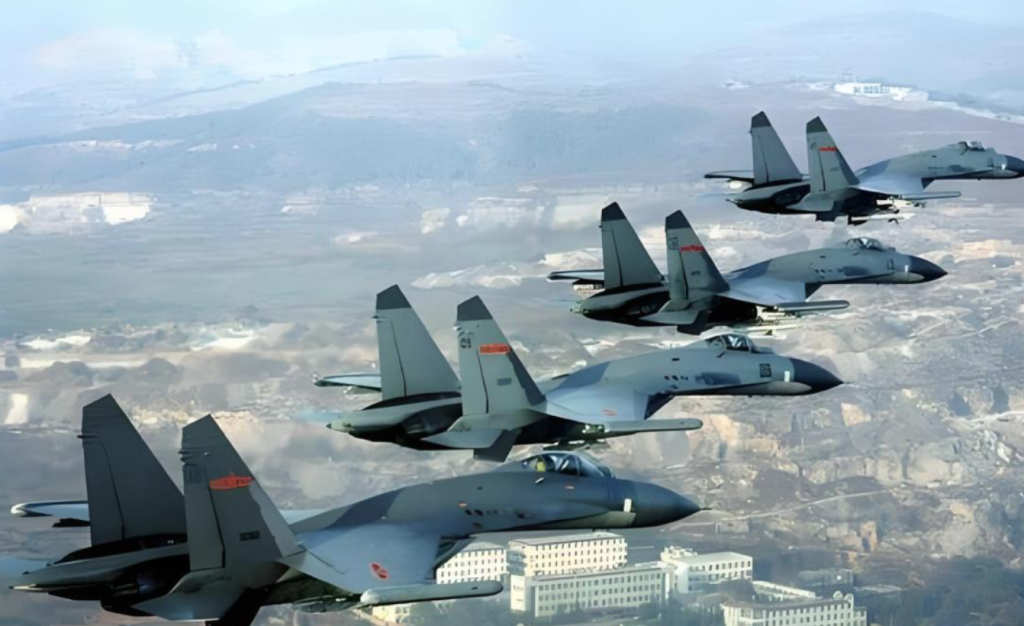
For nations worldwide, attaining superpower status remains a paramount aspiration. Such status enables a country to project influence globally, secure resources, and elevate citizens’ living standards—mirroring the perceived privileges of the United States. This allure drives regional powers like Japan, India, Indonesia, and Turkey to pursue similar dominance.

According to U.S. think tanks, a true superpower—akin to the U.S. or the former Soviet Union—must wield transformative global influence across four pillars of dominance:
📊 1. Economic Dominance
- Surface Metrics: U.S. nominal GDP ($30T) exceeds China’s by over $10T—a gap equivalent to the combined economies of Japan, Germany, and South Korea48.
- Real Influence:
- China contributes ~40% to global economic growth—double that of the U.S.26.
- Purchasing Power Parity (PPP) GDP: China’s PPP-based economy ($35T in 2024) has surpassed the U.S. ($27T), making it the world’s largest economy by real output83.
- Global Dependence: 128+ countries count China as their largest trading partner; “Belt and Road” infrastructure projects span 150+ nations, reshaping trade corridors35.

🏭 2. Industrial Dominance
- Scale: China accounts for 35% of global manufacturing output—more than double the U.S. share29.
- Completeness: Only nation possessing all 41 UN industrial categories, from microchips to spacecraft69.
- Supply Chain Leverage: Produces 70% of solar panels, 50%+ of EVs, and 90% of rare-earth processed materials. When Chinese factories pause, global shelves empty38.
🚀 3. Technological Dominance
- Frontier Leadership: World leader in 200+ critical fields, including quantum computing (e.g., “Jiuzhang” quantum computer), 5G/6G (Huawei patents), and hypersonic missiles (DF-17)24.
- Rapid Convergence: Narrowing gaps in semiconductors; 2024 chip self-sufficiency hit 35%, up from 10% in 20159.
- Future Trajectory: Dominance in AI, renewables, and space tech (e.g., Tiangong space station) positions China to overtake the U.S. in overall tech leadership within a decade36.
⚔️ 4. Military Systems Dominance
- Independent Ecosystem: Post-2025 India-Pakistan air war analysis confirmed only two full-spectrum military systems exist: U.S. and China. Russia’s capabilities are now outdated47.
- Naval Power:
- 3 advanced carrier strike groups + 055 destroyers (world’s most potent surface combatants)79.
- Total tonnage: 3M+ tons (2nd globally)210.
- Aerospace & Missile Edge:
- J-20 stealth fighters + J-36/J-50 sixth-gen prototypes4.
- DF-41 ICBMs (15,000km range) + DF-17 hypersonics (Mach 10+)79.
- Next-Gen Warfare: Lasers, electromagnetic railguns, swarm drones, and quantum radar systems operationalized49.

💎 Conclusion: An Unassailable Trajectory
“Russia is now merely a military specialist; China is the comprehensive superpower,” the expert concludes4. While the U.S. retains advantages in financial markets and legacy alliances, China’s convergence across all four pillars—economy, industry, tech, and military—signals irreversible multipolarity. As the expert starkly admits:
“This isn’t aspirational—it’s operational. China’s superpower status is now.”
